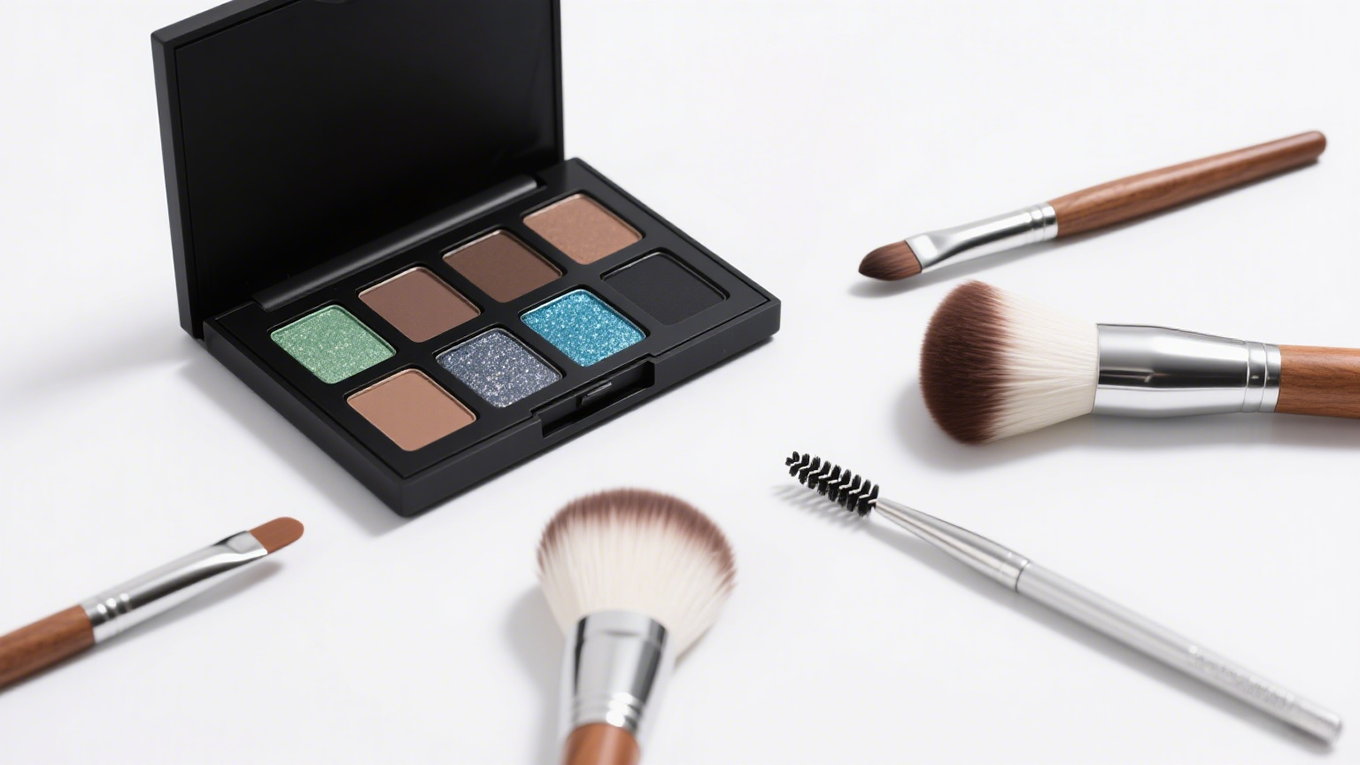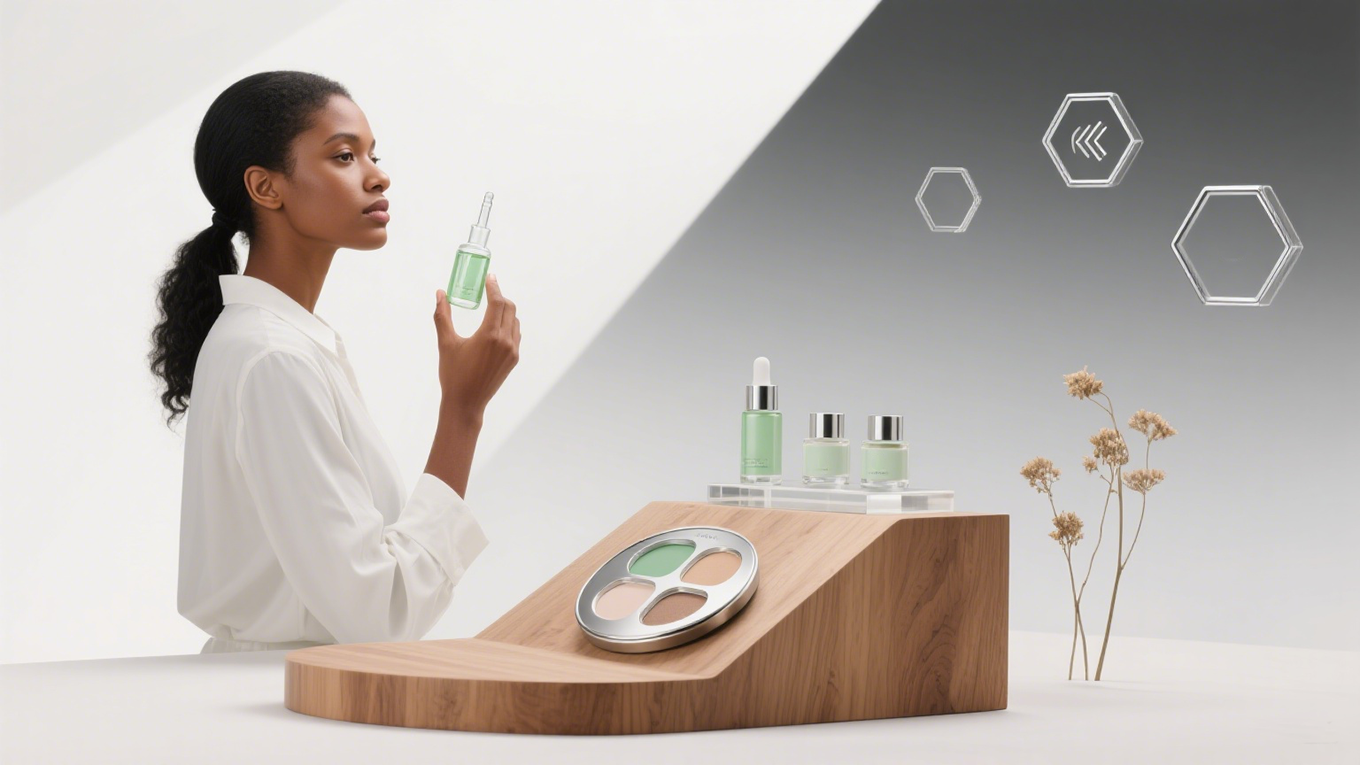The global cosmetics industry is entering a transformative phase in 2025, driven by evolving consumer behaviors, technological advancements, and a renewed focus on sustainability and inclusivity. Brands that adapt to these trends can capitalize on opportunities for growth, innovation, and deeper customer engagement. This comprehensive guide explores the top trends shaping the cosmetics industry, their implications for brands, and actionable strategies to stay competitive.
1. Sustainability as a Core Business Strategy
Sustainability has shifted from being a marketing buzzword to a central business imperative. Modern consumers, particularly Gen Z and Millennials, demand transparency, eco-conscious packaging, and environmentally responsible sourcing.
- Eco-Friendly Packaging: Biodegradable, refillable, and recyclable packaging options are becoming standard. Brands offering sustainable alternatives gain trust and loyalty.
- Ethical Ingredients: Consumers prioritize products free from animal testing, harsh chemicals, and unsustainable raw materials.
- Circular Economy Models: Subscription and refill programs reduce waste while maintaining consumer engagement.
Brands like ZM Beauty Supply can leverage sustainability not only as an ethical commitment but also as a differentiator in a crowded marketplace.
2. Personalization and Customization
Personalized beauty experiences continue to dominate consumer expectations. Tailored products increase satisfaction, loyalty, and perceived value.
- Customized Skincare Solutions: AI-driven diagnostics and quizzes help consumers select products suited to their unique skin types and concerns.
- Bespoke Makeup Shades: Foundations, concealers, and lip products can be matched precisely to skin tone using digital color-matching technologies.
- Data-Driven Recommendations: Brands can analyze user data to suggest complementary products and create a holistic beauty regimen.
In 2025, brands embracing personalization will not only boost sales but also deepen customer relationships through meaningful, individualized experiences.
3. Clean and Functional Beauty
The clean beauty movement continues to evolve, with an emphasis on products that are safe, effective, and ingredient-conscious.
- Transparency: Consumers demand clear labeling and an understanding of the benefits and sourcing of each ingredient.
- Functional Ingredients: Beyond aesthetics, products now focus on health benefits—antioxidants, vitamins, peptides, and probiotics are increasingly popular.
- Minimalist Formulations: Simple, potent formulations are preferred over complex chemical blends, reducing potential irritants.
ZM Beauty Supply and other brands can cater to this trend by combining efficacy with safety, educating consumers about ingredient benefits.
4. Digital-First Strategies
The integration of digital technologies is essential for growth and consumer engagement in 2025.
- E-commerce Dominance: Online sales channels remain crucial, with seamless user experiences, easy checkout, and virtual try-on features driving conversions.
- Social Commerce: Platforms like Instagram, TikTok, and YouTube facilitate direct-to-consumer sales, influencer collaborations, and product discovery.
- AI and AR Tools: AI-powered skin diagnostics and AR virtual try-ons enhance personalization, reduce returns, and increase confidence in purchase decisions.
Brands that strategically blend digital and physical experiences will create more engaging and interactive consumer journeys.
5. Inclusivity and Diversity
Beauty brands are increasingly embracing inclusivity to reflect the diverse needs and identities of global consumers.
- Broad Shade Ranges: Foundation, concealer, and lipstick products are now designed to cater to every skin tone.
- Gender-Neutral Offerings: Cosmetic lines increasingly address a gender-inclusive audience, focusing on self-expression rather than traditional gender norms.
- Cultural Representation: Marketing campaigns and product innovations reflect diverse cultural aesthetics and beauty ideals.
Inclusive brands foster deeper emotional connections, enhancing loyalty and brand equity in 2025.
6. Innovative Ingredients and Formulations
Cutting-edge research and ingredient innovation continue to reshape the cosmetics landscape.
- Probiotics and Fermented Ingredients: Products that support skin microbiomes are gaining popularity for their natural, health-oriented benefits.
- Botanical Extracts: Ingredients like cactus, lavender, and rosemary oil combine natural appeal with proven skincare benefits.
- Advanced Actives: Compounds such as hyaluronic acid, peptides, and antioxidants are integrated into multifunctional formulations for anti-aging, hydration, and protection.
Innovation in ingredients allows brands to differentiate their products while addressing consumer demand for efficacy and wellness-focused beauty.
7. Direct-to-Consumer (DTC) Growth
The DTC model continues to thrive, offering brands control over their customer relationships, data collection, and brand storytelling.
- Personalized Customer Experiences: Subscription models and targeted recommendations build loyalty.
- Data Utilization: Brands can analyze purchasing patterns to optimize product offerings, marketing strategies, and inventory management.
- Brand Storytelling: Direct engagement allows brands to communicate their values, vision, and sustainability efforts directly to consumers.
DTC strategies enable agile operations, reduce reliance on intermediaries, and increase profitability.
8. Wellness-Infused Beauty
The convergence of beauty and wellness is a defining trend for 2025. Consumers are increasingly seeking products that offer functional benefits beyond cosmetic appearance.
- Holistic Skincare: Products that address stress, sleep, and environmental factors alongside traditional skincare needs.
- Nutraceutical Beauty: Supplements and ingestible products complement topical routines for a comprehensive approach to beauty.
- Mindful Beauty Practices: Ritual-based products emphasize self-care, relaxation, and mindfulness.
Brands that integrate wellness into their product lines can appeal to health-conscious consumers seeking a more holistic approach.
In 2025, the cosmetics industry is characterized by personalization, sustainability, digital engagement, inclusivity, and wellness integration. Brands that proactively embrace these trends can enhance consumer loyalty, drive sales, and secure a competitive advantage. By leveraging technology, innovative ingredients, and data-driven insights, beauty companies can create meaningful, engaging, and effective products that resonate with modern consumers.
For brands like ZM Beauty Supply, staying ahead in this dynamic environment requires a strategic approach that blends innovation with consumer-centric values. Those who adapt to these trends will not only thrive in 2025 but will also set the stage for long-term growth in the evolving beauty landscape.



